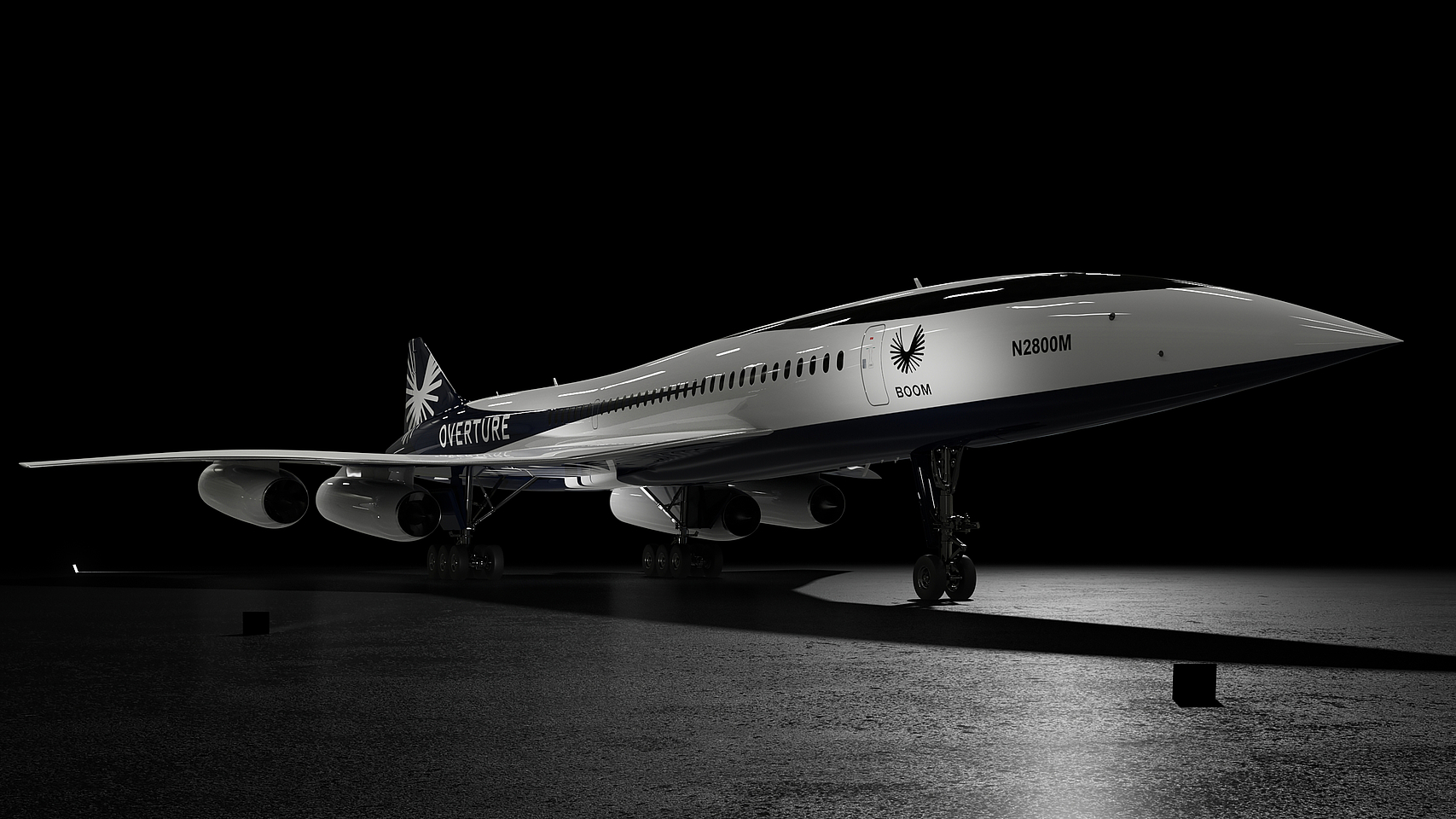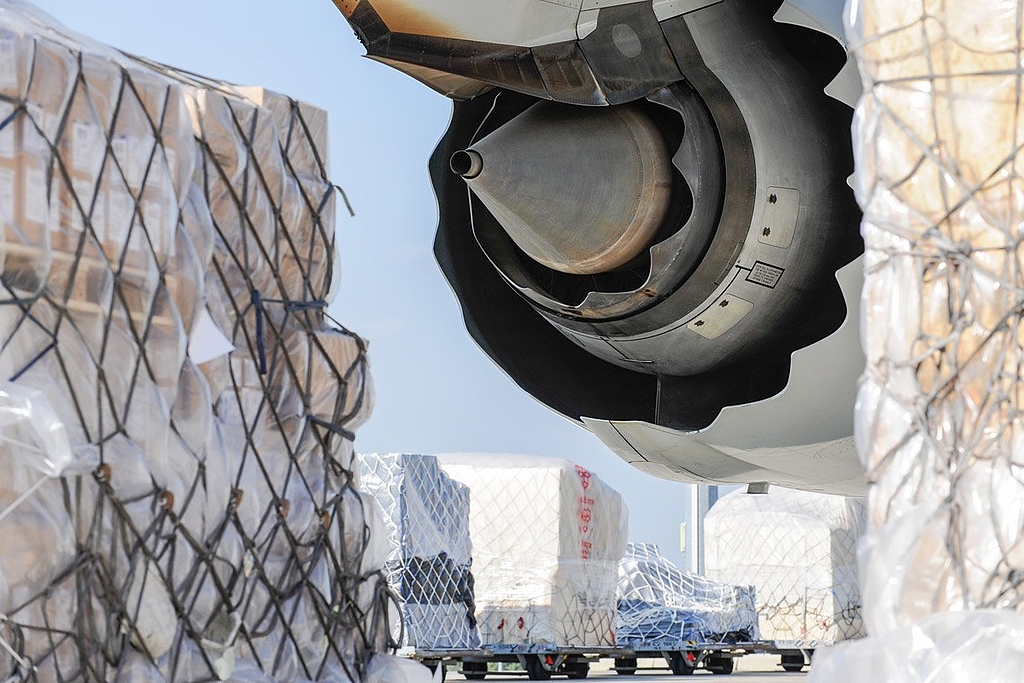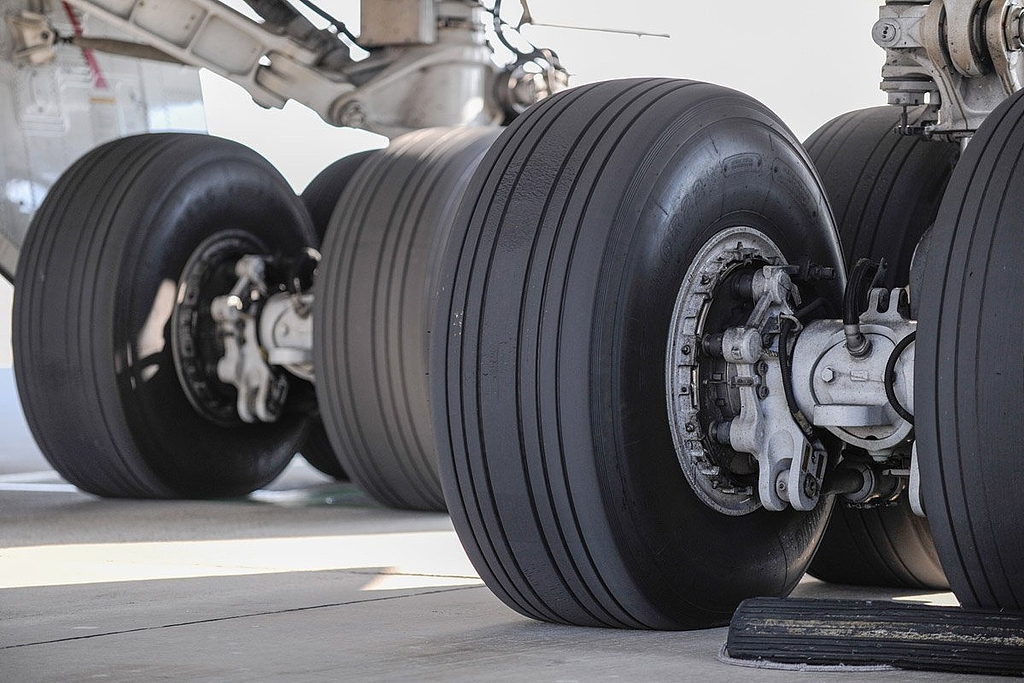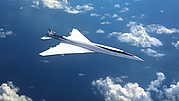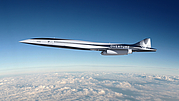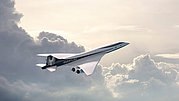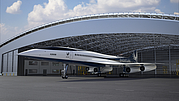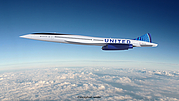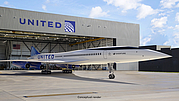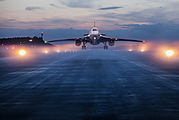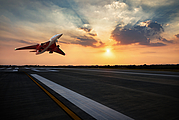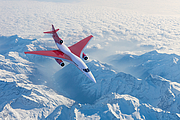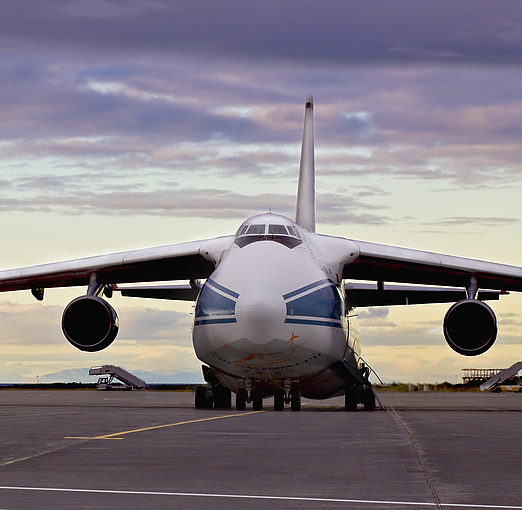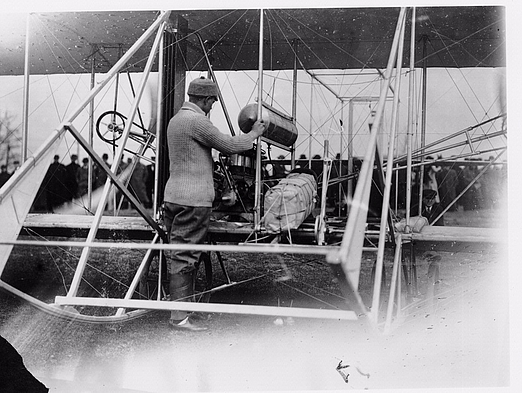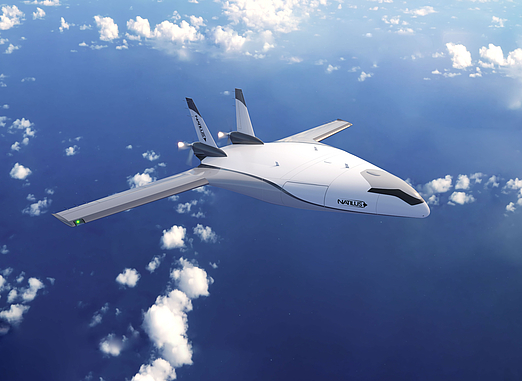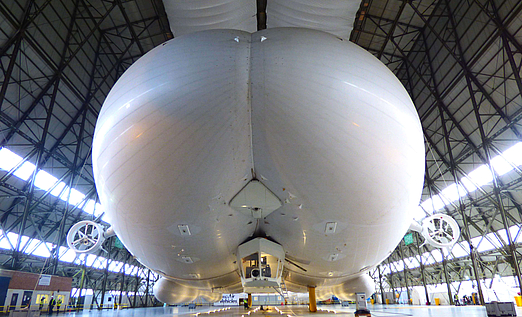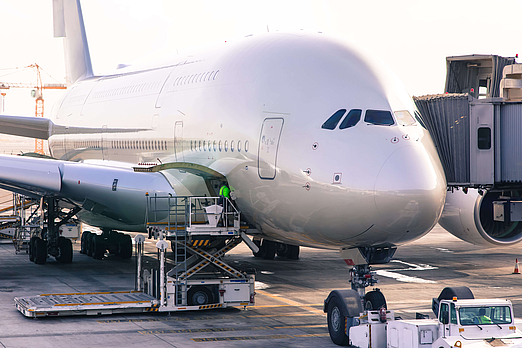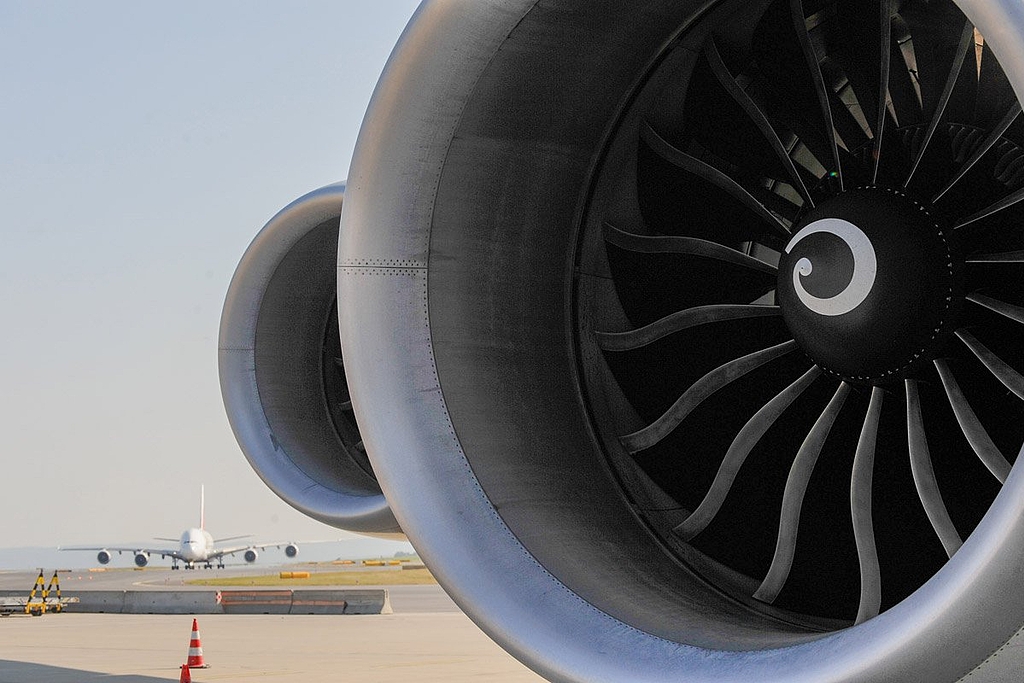Future supersonic flights will be quiet and environmentally friendly
The new super(sonic) jets
- Insights
The past “coronavirus years” were turbulent ones for aviation: Passenger planes were turned into “preighters,” while those who missed traveling could book “flights to nowhere.” But a few ambitious companies, apparently undeterred by travel restrictions and unpredictable passenger and freight volumes, continued to eagerly refine new innovations. One area that received particular attention last year is that of supersonic flight. This technology, which made its debut in the mid-20th century, was recently revived and refined again: The goal is to make it even faster, more environmentally friendly, and more attractive to a selected target group of international travelers.
